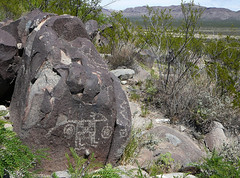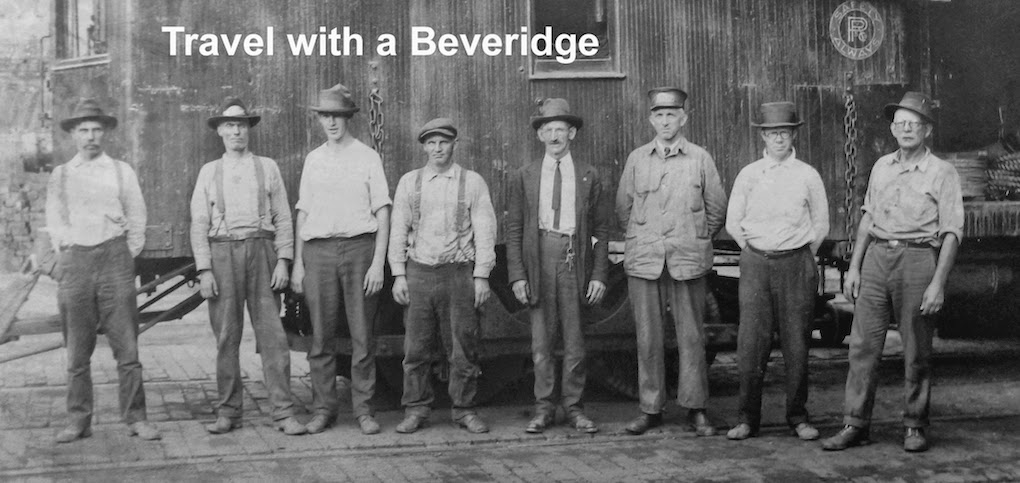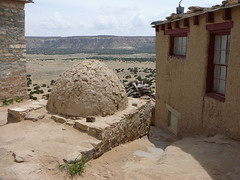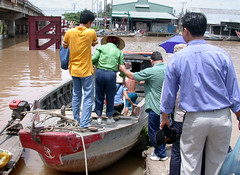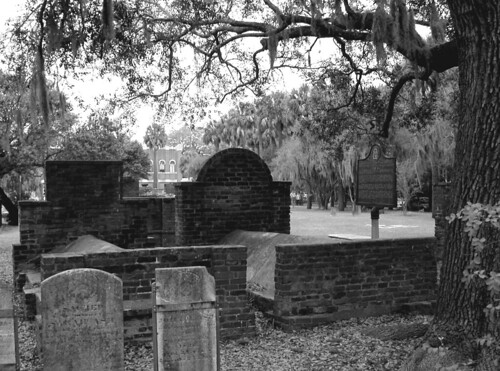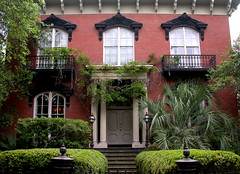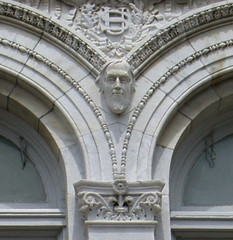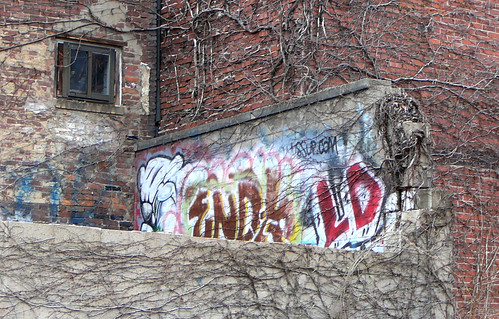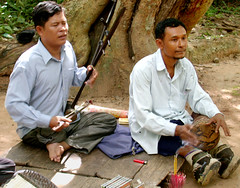
Vietnamese tables are ususally set with fresh fruits and vegetables, which often include lemongrass, shown above, at left.
By Liz Rogers
BLOOMFIELD – Tuyet Vu recalls growing up in Saigon in the years following the fall of South
Vietnam to communism.
Her grandmother operated a small street business selling tobacco, and 8-year-old Tuyet (pronounced too-wee) was determined to help make the woman's hectic life a little easier.
"My grandmother was very busy," recalls Tuyet, now a 30-year-old American citizen living in the Bloomfield section of Pittsburgh. "She had to do business. And then she had to cook, so I helped her. I followed her around to see what I could do for her."
By the age of 10, Tuyet had learned enough to assume some of the cooking responsibilities. As in most Vietnamese households back then, the kitchen was outdoors, protected from the elements by a simple roof. It was there that Tuyet learned to cook rice, pork and fish dishes over an open flame.

(Women cooking outdoors at their home south of Saigon)
Today, Tuyet is married with a young daughter and continues to prepare traditional Vietnamese dishes – indoors, in a modern kitchen – for her family, including her husband and sister, Vy (pronounced Vee). They share a home owned by Tuyet's aunt, Thanh Armogast, who left Saigon for America before the fall to communists in 1975.
In the years since, Thanh (pronounced Ton) has built a small business assisting Vietnamese people in navigating the complicated task of obtaining visas to visit family and friends in America. She also became involved with the Friends of Danang, a humanitarian organization dedicated to helping children in Central Vietnam. The nonprofit group, based in McMurray, Pa., has raised enough money to build eight schools and a medical clinic in Danang, and launched the "Let Them Walk Again" project to provide surgery to Vietnamese children with birth defects or other injuries. The group now is raising money to build a bridge to one of the schools so children can get to their classes during the rainy season.
This month, the
Friends of Danang will host its annual benefit dinner featuring authentic Vietnamese cuisine. Tuyet will be among those cooking for the April 15 event at
Bethel Park Community Center.
Vietnamese cooking varies by region in this country of 84 million, but the cuisine relies universally on rice, noodles, vegetables and fruits in both main and side dishes. Fresh chili, basil, mint, cilantro, star anise and lemon grass lend distinct flavors to the food.
Fish sauce – nuoc nam, or fermented fish extract – is a seasoning agent used throughout Southeast Asia much the way salt is used in Western kitchens. If it's not used in the preparation of a dish, fish sauce likely is served on the side as a condiment.
"When I season the (food), I taste it. If I see it's OK, I stop," said Tuyet, who cooks from memory, rather than a recipe.
Tuyet marinates pork chops overnight in a mixture of crushed garlic, onions, lemon grass, sugar, fish sauce and coconut juice, left over from the New Year, when the Vietnamese typically make coconut candy. The fish sauce and other ethnic ingredients are available at the Asian market in Pittsburgh's Strip District.
She grills the meat outdoors, and toward the end of cooking, dips the pork in a glazing sauce made from olive oil, honey, soy sauce and a little hot pepper sauce. A bowl of the sauce is placed on the table for dipping.
Tuyet explained that the meat in Vietnam is much tougher and not as thick as that found in the United States. "That's because the animals in Vietnam are raised with lots of exercise," she said. In addition, they are fed "whatever we have," like rice.
Rounding out the meall she serves iced Vietnamese coffee mixed with sweetened condensed milk and pound cake served with slices of fresh mango. Also sampled was some fresh lychee – a small fruit about 1 to 2 inches in diameter and native to Southeast Asia – purchased from the Asian market in the Strip.

(Tuyet Vue, right, awaits a fresh cup of iced coffee made with a French press)
In Vietnam, Tuyet made daily trips to market. At one time, refrigerators were owned by only the very wealthy, so cooks prepared only what the family could consume at one sitting.
"Nowadays, most families can afford a small refrigerator, but there are still many, many families who don't have refrigeration," she said, referring to the countryside inhabitants.
The markets sell mainly seasonal fruits and vegetables, Tuyet explained, but seafood is readily available, too. Little emphasis is given to the sale of meat because of its high price, she said, with preference given to pork.
Freshly made spring rolls – a favorite with members of the Friends of Danang – will be available for purchase at the benefit dinner. Tuyet said preparation is simple, but requires a delicate hand.
Place a sheet of rice paper dampened with warm water on a plate and layer the following ingredients: cooked, sliced shrimp or boiled pork; lettuce leaf; mint leaf; rice noodles and bean spouts. Roll carefully, Tuyet said. "People trying to make it for the first time, don't be upset when they cannot roll it," she said with a chuckle.
The best part of spring rolls is the dipping sauce that accompanies them, Tuyet said. Hers consists of a mixture of hoisin sauce, peanut sauce, peanut butter and pork broth, created from boiling the pork. "If you don't make good sauce, it (spring roll) won't taste good," she added.
Thanh noted that she never benefited from the culinary expertise of her mother, who was Tuyet's grandmother.
"But all my family, from my sister to my younger niece, are so lucky to have my mother to learn how to cook – especially when they come here," she said. "They are bicultured, so they mix the Vietnamese culture with the American culture. We develop our own taste. We are still traditional, though. We get so many compliments from friends and family."

(Ancestor worship is practiced in nearly every Vietnamese home, using altars bearing fresh fruit and photographs of deceased relatives)
The benefit dinner will be held from 3 to 6:30 p.m. Sunday, April 15, 2007, at Bethel Park Community Center, 5151 Park Ave., Bethel Park, Pa.
The menu will include: Cha Cho, or spring rolls; lotus root with vegetables, shrimp and pork; coconut shrimp; and Pho, the national dish of Vietnam. Pho is a beef soup with rice noodles.
For information, contact thanh@penn.com
Liz Rogers in managing editor of the
Observer-Reporter.

